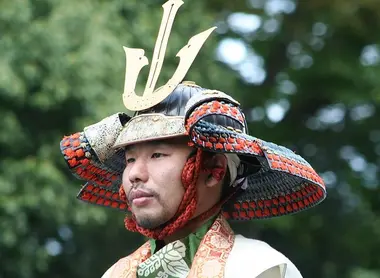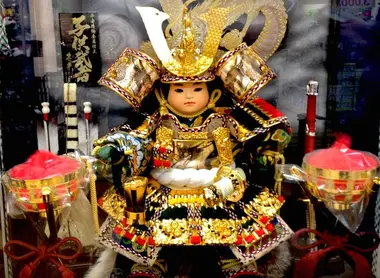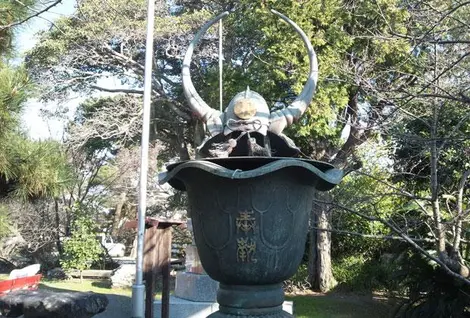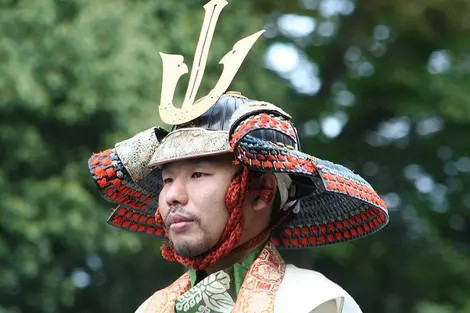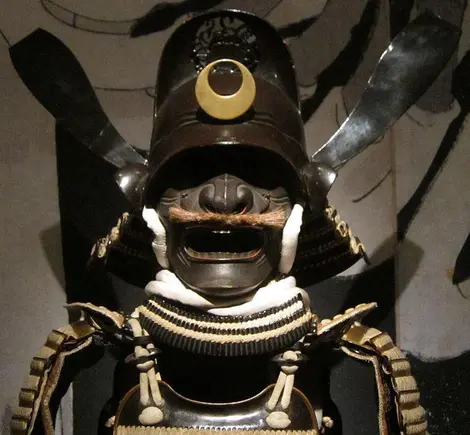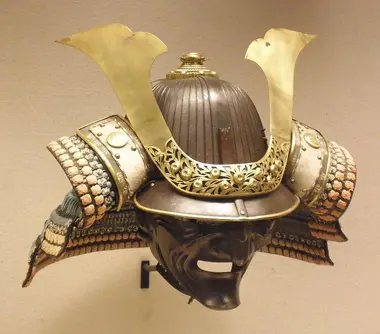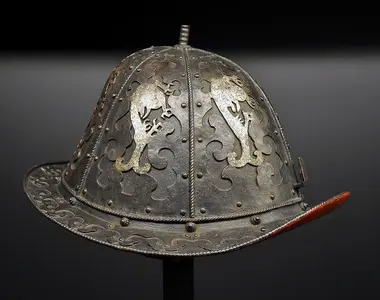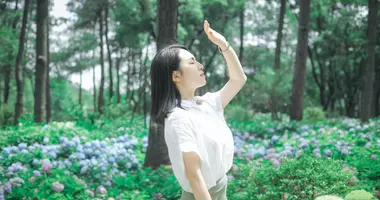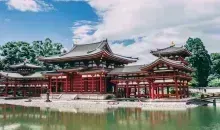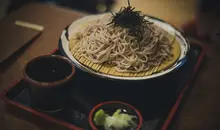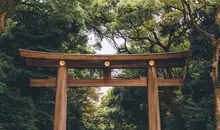Kabuto 兜
- Published on : 10/01/2019
- by : S.R.
- Youtube
The iconic helmet
Japanese samurai have been equipped with armor for many centuries, crossing the ages and the changes made in the art of war. One of the most recognizable pieces of this armor is the helmet, called Kabuto, its unique shapes are emblematic of the Land of the Rising Sun.
A helmet with several elements
The kabuto first consists of the Hachi, a domed central piece formed from several metal plates forged to each other and pierced with a hole (tehen). At the back, several slats are riveted to form a wide neck guard called a shikoro, which gives the kabuto its fullness. Ear-shaped protections on the sides are called fukigaeshi, as well as a mae-zashi visor completes the protection.
The central ornament, called datemono, can recall the family crest or be a representation of an animal, real or mythical. Thus, kabuto topped with deer horns is quite common.
Kabuto of different shapes
Kabuto, like the rest of Japanese armor, has gone through many changes throughout the country's history, and one can only see the influences of the era in which they were designed. Thus, the oldest kabuto, called mabizashi-tsuke kabuto ("helmet with a visor attached"), has been found to date from the 5th century. They bear witness, by their form, to the significant Chinese and Korean contributions of the time to the archipelago.
- Also Read: The Samurai Museum
The "suji kabuto" type helmets are much soberer, especially in terms of the shorter shikoro or the ornamentations. They thus reflect the evolution of military tactics resulting in a need for increased mobility of samurai troops at war during the Muromachi period (1336 - 1573).
The next era, when armies were made up of more soldiers, and when the European influence began to be felt - the Momoyama period (1573 - 1603) - saw other types of helmets appear. Thus we find helmets similar to those of the Spanish tercios, the "nanban kabuto" or "helmets of the southern barbarians", the name given to Europeans.
The most iconic kabuto of the era is the kawari kabuto or " strange kabuto ", a helmet topped with extravagant or oversized ornaments. These helmets were worn by members of the command and had the function of facilitating their recognition by the soldiers in the middle of the battlefield.
- Read also: In the footsteps of the samurai

